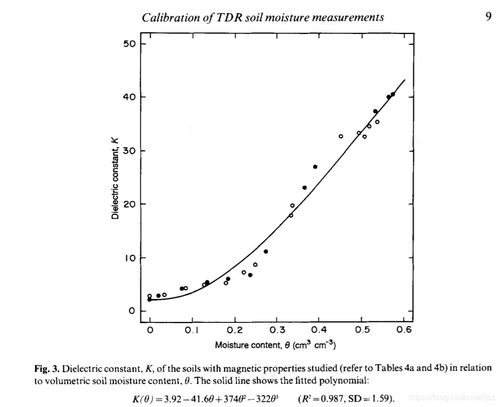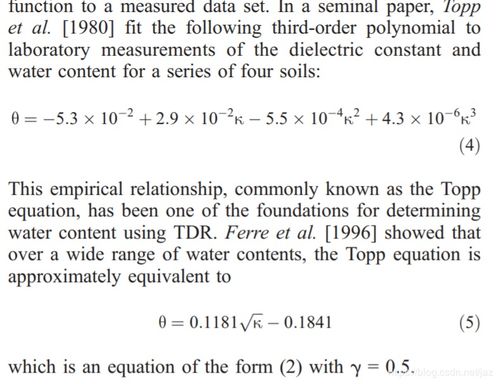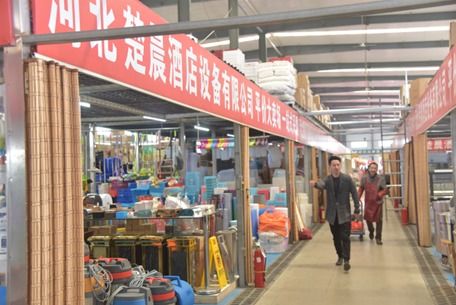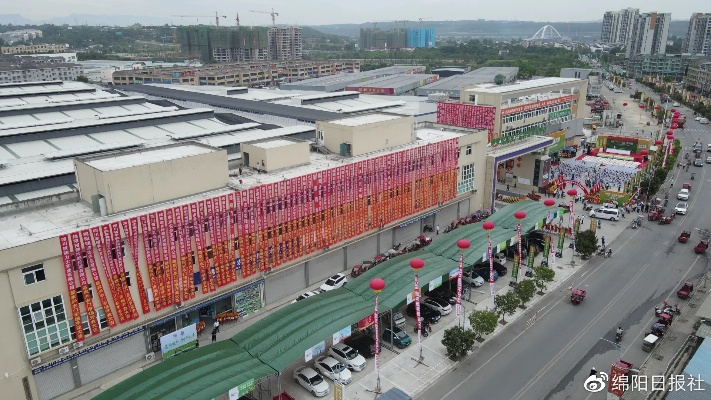Calculating Moisture Content in Textiles:A Comprehensive Guide
This article provides a comprehensive guide on calculating the moisture content in textiles. It explains the importance of moisture content in textiles and how it affects their quality, durability, and performance. The article covers various methods for measuring moisture content, including oven drying, gravimetric analysis, and Karl Fischer titration. It also discusses factors that can affect moisture content, such as fabric type, material composition, and environmental conditions. Additionally, the article provides tips on how to maintain moisture content in textiles to ensure their longevity and performance. Overall, this article is an excellent resource for anyone working with textiles and needs to know how to calculate moisture content accurately.
Introduction: Textiles are an integral part of our lives, from everyday clothing to high-end fashion. They play a significant role in maintaining comfort and hygiene. However, moisture can be a significant issue for textiles, especially when they are exposed to humidity or wet environments. This article will guide you through the process of calculating the moisture content in textiles, including the importance of understanding this parameter, how it is measured, and how it affects the performance and quality of textiles. We will also provide a case study to illustrate the practical application of moisture content calculations in real-world scenarios.
Moisture Content in Textiles: What is It? Moisture content refers to the amount of water present in a textile material. It is measured in percentage and indicates how much water can be absorbed by the material when it dries out. The moisture content of a textile is crucial as it affects its texture, color, strength, and durability. High moisture content can cause fabrics to feel sticky, weigh down, and lose their shape, while low moisture content can result in stiffness, reduced breathability, and poor wearability.

Calculating Moisture Content: Methods and Tools There are several methods and tools available for calculating the moisture content of textiles. Here are some commonly used techniques:
-
Gravimetric Method: This method involves weighing a known amount of dry textile material and then placing it in a container of known weight. The difference in weight before and after exposure to a specific temperature and relative humidity (RH) is calculated to determine the moisture content.
-
Mechanical Method: This method involves measuring the weight loss of a textile sample when it is exposed to a specific RH and temperature. The moisture content is then calculated based on the weight loss and the initial weight of the sample.
-
Thermogravimetric Analysis (TGA): This technique uses thermal analysis to measure the weight loss of a textile sample as it degrades due to moisture absorption. By analyzing the mass-temperature curves, the moisture content can be determined.
-
Infrared Spectroscopy (IR): This method measures the absorption of infrared radiation by a textile sample. As moisture is absorbed, the intensity of the IR signal increases, which can be used to calculate the moisture content.
-
Water Vapor Pressure Meter: This device measures the pressure of water vapor in a controlled environment. By exposing a textile sample to different RH levels, the moisture content can be determined based on the pressure readings.
Case Study: Real-World Application of Moisture Content Calculations Let's take a look at a real-world scenario where moisture content calculations were crucial in determining the suitability of a textile product for a particular application.
Background: XYZ Textile Company produces high-quality athletic wear for outdoor enthusiasts. One of their most popular products is a technical shirt made from a blend of polyester and elastane fibers. The company wanted to ensure that the shirt would perform well under various conditions, including high humidity and sweaty environments.
Calculation: To determine the moisture content of the shirt, XYZ Textile Company analyzed the materials used in its construction and selected appropriate moisture content calculation methods. They conducted a gravimetric test on a sample of the shirt fabric, taking into account the manufacturer's specifications for moisture resistance.
Results: The gravimetric test showed that the shirt had a moisture content of approximately 10%. This was below the industry standard of 15%, indicating that the shirt would perform well in wet conditions.
Conclusion: Based on the moisture content calculations, XYZ Textile Company decided to produce additional samples with higher moisture resistance. These samples underwent further testing to ensure they met all performance requirements. The company's decision to incorporate these features into their product line proved successful, as the new shirts performed better than their predecessors in wet conditions, enhancing customer satisfaction and increasing sales.
Conclusion: In conclusion, understanding and calculating the moisture content of textiles is essential for ensuring their performance and quality in various applications. By employing appropriate moisture content calculation methods and tools, businesses can optimize their products for specific use cases and meet the needs of their customers.

纺织品含潮率概述
大家好,今天我们来探讨一下纺织品含潮率的概念及其计算方法,纺织品含潮率是指纺织品在特定条件下吸收水分的能力,是衡量纺织品质量的重要指标之一,在纺织品的生产、加工和销售过程中,含潮率的准确计算对于提高产品质量、保证穿着舒适度具有重要意义。
含潮率计算方法
含潮率的计算通常基于纺织品的基本参数和特定的测试条件,以下是一个基本的含潮率计算方法:
- 确定纺织品的基本参数:包括纤维类型、密度、织物结构等。
- 选择合适的测试条件:根据纺织品的应用场景和要求,选择合适的湿度范围和测试时间。
- 使用湿度计或水分测定仪进行测试:根据选择的测试条件,使用相应的设备对纺织品进行含潮率测试。
- 计算含潮率:根据测试结果,计算出纺织品在特定条件下的含潮率,计算公式一般为:含潮率 = 测试湿度值 / 样品重量 × 100%。
案例说明
下面通过一个具体的案例来说明纺织品含潮率的重要性及其计算方法的应用。
假设我们有一家服装制造商,他们生产一种新型的棉质衣物,为了确保衣物的舒适度和质量,他们需要了解棉质衣物的含潮率,为此,他们进行了以下步骤:
- 选择测试条件:选择一个相对稳定的室内环境,确保测试结果的准确性。
- 选择湿度计或水分测定仪:使用专业的湿度计或水分测定仪进行测试。
- 进行含潮率测试:根据选择的测试条件和设备,对衣物进行含潮率测试。
- 分析结果:根据测试结果,得出棉质衣物的含潮率,根据测试数据,该棉质衣物的含潮率应该在某个范围内,以确保穿着舒适度和质量。
表格补充说明
以下是关于纺织品含潮率的表格补充说明:
| 项目 | 数值 | 单位 | 说明 |
|---|---|---|---|
| 纺织品类型 | 棉质衣物 | 示例名称 | 如某品牌的新型棉质衣物 |
| 基本参数 | 密度、纤维类型等 | 未给出具体数值 | 根据实际生产情况确定 |
| 测试条件 | 室内稳定环境 | 未给出具体环境条件 | 根据实际需求选择合适的条件 |
| 湿度计或水分测定仪型号 | 专业设备 | 未给出具体型号 | 根据实际需求选择合适的设备 |
| 测试结果 | 含潮率值 | 根据湿度计或水分测定仪的测试数据得出 | |
| 示例计算过程 | 根据公式计算含潮率 = 测试湿度值 / 样品重量 × 100% | 未给出具体计算过程细节 | 通过公式进行计算得出结果 |
纺织品含潮率是衡量纺织品质量的重要指标之一,对于提高纺织品的质量和穿着舒适度具有重要意义,在纺织品的生产、加工和销售过程中,我们需要根据实际情况选择合适的测试条件和设备,并严格按照计算公式进行计算,以确保得到准确的结果,在实际应用中,我们还需要结合具体的案例进行分析和讨论,以便更好地理解和掌握纺织品含潮率的概念及其计算方法。
Articles related to the knowledge points of this article:
The Rise of Koqiao Chuchao Textiles:A Tale of Innovation and Supremacy
High Yang Dong Zhao Bao Village Textile Wholesale Market
The Story of Xian Xinyucheng Mengrou Textile Wholesale Shop
Shanghai Yudi Textiles:A Legacy of Innovation and Excellence
New Area Manufacturing Needlecraft Textiles Wholesale Prices



